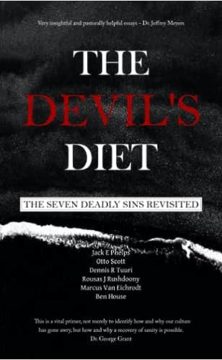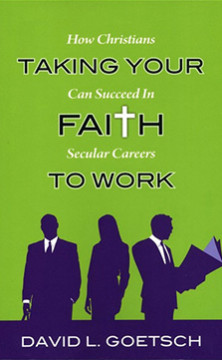
If you click and enlarge the picture you can see good ol’ Charlie Brown pulling out his well-worn vinyl copy of Moving Pictures.
Moving Pictures – Rush (released in 1981)
We’ve come now to the third album in our series on “foundational progressive rock albums,” Moving Pictures by the Canadian band Rush. Most progressive rock fans consider albums 2112 or Hemispheres to the prototypical Rush prog albums, and they would be correct. However, these articles are meant to be introductory and it is my feeling that albums like Moving Pictures provide a newbie with a better gateway into Rush’s music than beginning with other, more overtly progressive albums.
I will admit from the outset that talking about Rush’s music with any level of objectivity is difficult for me. I grew up listening to various album rock radio stations on my transistor radio, but I loved both the Jackson 5 and KISS. It wasn’t until 1982-83 that I discovered Rush. I was told by a classmate at school that MTV would feature the band in concert that Saturday night. I had a babysitting job that evening but, after putting the kids to bed, I flipped the channel over to MTV and my life changed forever.
Of course I loved all of the songs. But seeing guitarist Alex Lifeson and bassist Geddy Lee playing their double-neck guitars on the song “Xanadu” completely knocked me out. What I saw was similar to the picture below. Seriously! What could be cooler to a music-obsessed boy in Grade 8 than something like this?
I decided that very night I was going to learn to play the guitar (which I did) and become a musician (which I also did).
Rush’s music presents tremendous challenges to a young musician. Lee and Lifeson are both considered virtuosos on their respective instruments while drummer Neil Peart is widely acknowledged to be one of the finest drummers in rock music. The songs contain numerous unison passages that are difficult even for seasoned guitar and bass players. Peart’s drum tracks are very complex and the band is just as likely to write a song in and odd time signature (e.g. 5/8, 7/8, 9/16) as they are in 3/4 or 4/4.
Most young instrumentalists learn Rush songs in the privacy of their bedroom and that is that. Not so for me. I was blessed with two other friends who were as eager as I was to learn this complex music. And learn it we did. I will never forget the feeling of satisfaction when the three of us made it all of the way through “Fly By Night,” “Natural Science,” or “La Villa Strangiato” for the first time.
Ever since 1978-79, Rush has moved away from sprawling, epic compositions and toward shorter, more succinct musical statements. They have also expanded their palate to include synthesizers, sequencers, and electronic drums. These two developments have alienated some early fans of the band that prefer the longer works of the band’s early career as well as the purity of the guitar/bass/drums format minus all of the electronic extras. For most fans, Rush is a band that has held true to the “power trio” format while continuing to augment their core sound in exciting ways through technology.
Rush’s scaled-back approach first appeared on record on the 1980 album Permanent Waves. But it was on the 1981 album Moving Pictures where the band fully hit their stride and produced one of the finest progressive rock albums ever released.
After the jump you will find a track-by-track exploration of Rush’s Moving Pictures.































